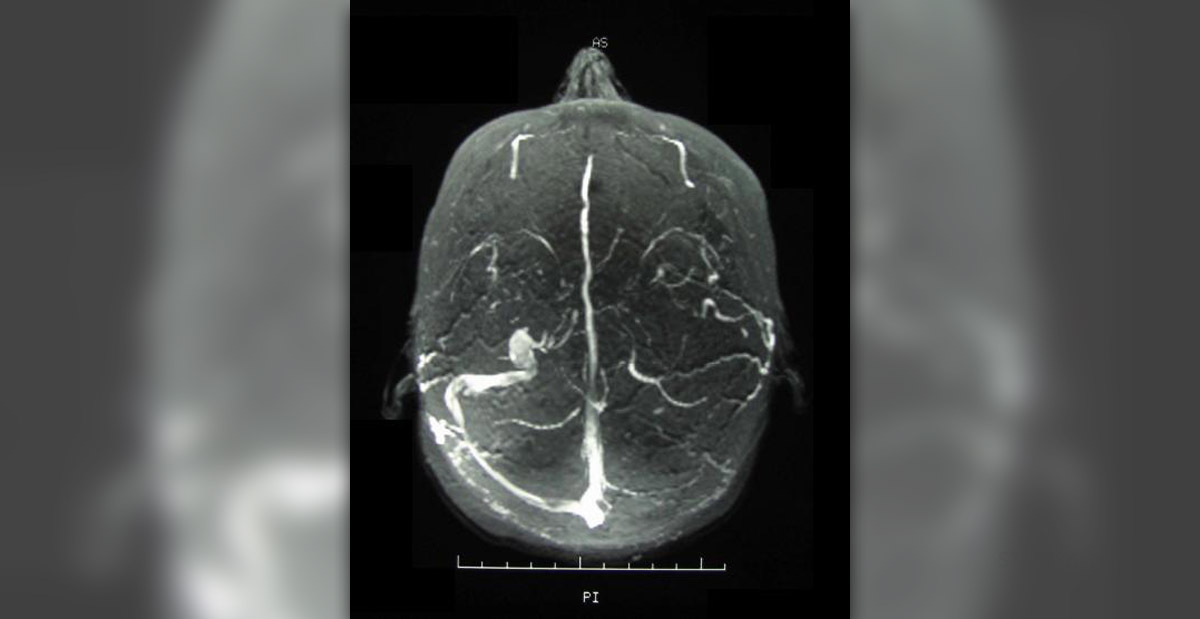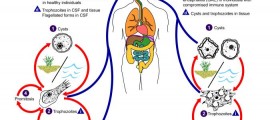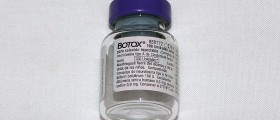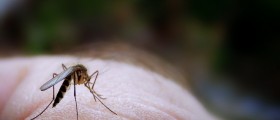
Complications of Behcet’s Syndrome
Behcet’s syndrome is quite a peculiar medical condition because it involves episodes of recurrent genital and oral ulceration and panuveitis which occur for no particular reasons and its causes cannot be pinpointed. The disease is commonly characterized by constitutional disturbances, loss of weight, fatigue, malaise and similar symptoms. Some cases of Behcet’s syndrome may also be involved in certain skin related symptoms such as pustular eruptions of pseudofolliculitis and erythema nodosum. Other symptoms which may be associated with Behcet’s syndrome include oligoarthrtopathy of the shoulders, ankles and the knees. Some rare cases of Behcet’s syndrome may also involve certain symptoms which affect the kidneys, the lungs and the gastrointestinal tract. Behcet’s syndrome may also be associated with certain types of medical complications as well. Neurological complications triggered by the Behcet’s syndrome are not fully understood and the exact causes are yet to be discovered. There are also certain vascular complications but they only occur in rare cases. When they do occur, they usually involve meningoencephalitis, hemisphere lesions and spinal cord lesions. In most cases the patients recover completely over the period of a few years. There are still cases which may involve further attacks, and sometimes even disability induced by progressive deterioration may occur. Repeated attacks along with high levels of leucocytosis, progressive disease course and incomplete recovery are only some of the factors associated with the poor prognosis for this medical condition.
Epidemiology of Behcet’s Syndrome
Behcet’s syndrome is a medical condition which occurs mostly in Eastern Asia, the Middle East and around the eastern portions of the Mediterranean. The country mostly affected by this dreadful medical condition is Japan. This disease is also quite common in Turkey, where it occurs in rural areas much more than it does in urban areas of the country. There have also been cases of Behcet’s disease reported in the United Kingdom.
Diagnosis and Study
Behcet’s syndrome is not that easy to diagnose. Certain criteria changes included an increase in diagnostic specificity and diagnostic sensitivity. Recurrent oral ulceration was always the prerequisite for the diagnosis of the Behcet’s syndrome but there are also cases of this medical condition in which oral ulceration does not occur at all. During the fifties it was first discovered that the Behcet’s syndrome is associated with certain neurological factors. It was during these times that the clinical syndromes were classified into main three types. The first type involved brainstem disturbance which is commonly accompanied by bulbar muscle weakness, ataxia, dysarthria, gaze palsies, nystagmus, ocular motor dysfunction, evolving cranial neuropathies, skin eruptions, arthralgia and fever. Other common symptoms may involve meningism and headaches. The second type envolved meningomyelitis commonly accompanied by hemisphere signs, spinal cord signs and neurological signs. The third syndrome is a confusional one, usually accompanied by quadriparesis, pseudobulbar palsy, Parkinsonism and dementia. Certain vascular complications may occur in some cases and the same can be said for certain types of thrombosis. Rare cases of Behcet’s syndrome may also affect the muscles, which are manifested as polymyositis. Current studies associated with the Behcet’s syndrome are aimed at defining other clinical syndromes which may be associated with the disease. Further goals of the current studies include characterizing different sorts of imaging and immunological abnormalities and identifying immunological and clinical prognostic factors related to further activities.
Results
There was a study which included 50 patients who suffered from Behcet’s syndrome. 31 patients were male, 19 of them were female. Three patients originated from North Africa, two from the Indian subcontinent, three from Turkey, three from Iran and thirty nine from Europe. Only one patient did not have any mouth ulcers. 29 patients suffered from uveitis and 41 patients suffered from orogenital ulceration. 30 cases included the neurological syndrome, 22 cases involved skin lesions and 20 cases involved oligoarthritis. Out of all 50 patients, five of them suffered from certain hemisphere signs, seven of them suffered from spinal cord syndromes and 25 five of them had meningoencephalitis which affected their brainstems. There were four patients who only showed symptoms and signs of encephalopathy and meningitis. There was only one reported case of optic neuropathy, and the same can be said for that singular case of bilateral facial weakness. There was a singular case of isolated bilateral sensorineural deafness as well. Out of all 50 patients there were only two cases of acute vestibular disturbance reported and there were also two cases of cortical venous thrombosis. Intracranial hypertension occurred in only four patients. Only one patient suffered from pontine disturbance, two patients had trouble with dysphagia and dysarthria, while there were twenty patients who experiences ocular motor dysfunction and ataxia. Seven of them experienced spinal cord disease. Four patients had hemiparesis and there was only one case of hemisensory disturbance. There were three patients who even hadseizures.

















Your thoughts on this
Loading...